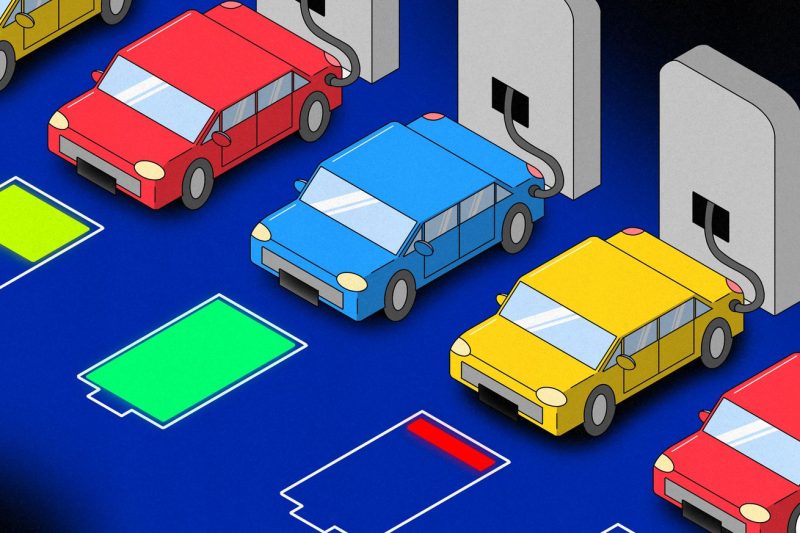The EV Transition Trips Over Its Own Cord
The push into alternative fuel technology has been gaining momentum, as more of the world takes an interest in pursuing a sustainable future. Electric vehicles (EVs) are among the most popular options for reducing emissions and conserving resources, but the rush into the technology has also faced challenges and recent news may complicate the transition even more.
We are accustomed to the idea of EVs as the ultimate clean transportation. Zero emissions, efficient power usage – what’s not to love? Well, this picture isn’t quite as perfect when considering infrastructure issues, as the EV transition has tripped over its own cord in some locations.
One of the most notable examples of this problem comes from the Netherlands. A recent article in the New York Times highlighted the challenge that Dutch EV owners are facing due to the fact that the existing infrastructure is not able to keep up with the surge of EVs in certain locations. An insufficient number of charging stations and other supporting infrastructure like power lines has been unable to keep up with the climbing demand for these green vehicles.
This has created gridlock, as drivers are unable to charge their vehicles in certain areas due to the limited availability of outlets. This issue has raised concerns about the potential of EVs leading to an overload of the grid, which could then lead to more frequent blackouts.
In response to this dilemma, the Dutch government has focused much of their attention on improving the infrastructure to support EVs. This includes expanding the network of charging stations and improving the accessibility of these outlets in both urban and rural locations. Additionally, they are providing subsidies to EV owners to incentivize them to switch to the more sustainable option.
Despite the focus of the Netherlands on bolstering EV infrastructure, there are still areas that could be improved, and other nations are likely facing similar difficulties as the global demand for clean transportation escalates. If we are to truly capitalize on the full benefits of EVs, then we must address these issues of lagging infrastructure to ensure that the transition is smooth.
Ultimately, the initial difficulties of transitioning to the world of EVs should not be a deterrent, but rather a reminder of the potential challenges that may arise in the process. With the right approach and attention, the EV transition can become a success – it just needs to stumble and find its footing first.

